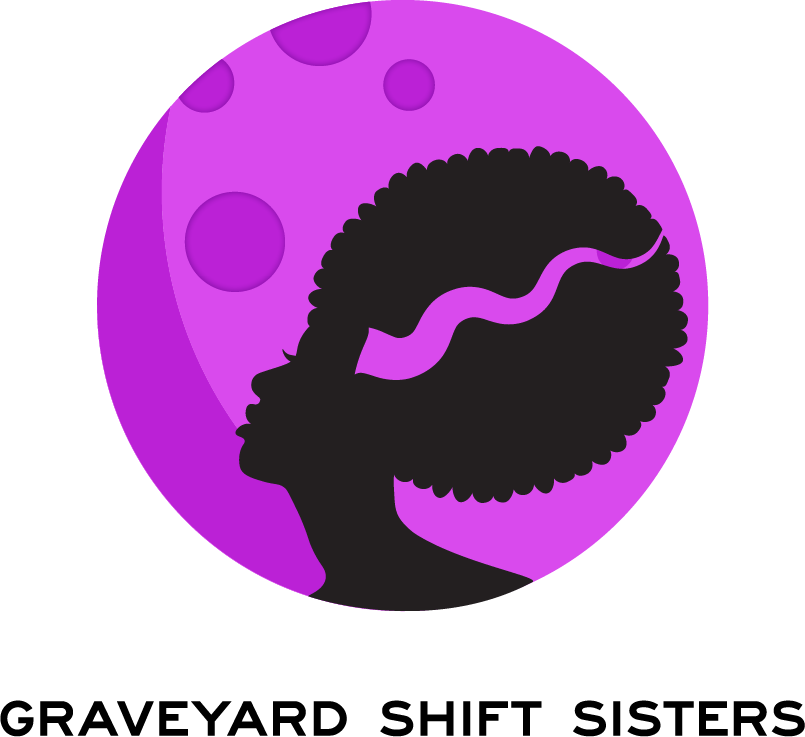Horror Blackademics: Race Horror & Candyman
Recreational Terror: Women and the Pleasures of Horror Film Viewing
by Isabel Cristina Pinedo
by Isabel Cristina Pinedo
Back Cover Description
In Recreational Terror, Isabel Cristina Pinedo analyzes how the contemporary horror film produces recreational terror as a pleasurable encounter with violence and danger for female spectators. She challenges the conventional wisdom that violent horror films can only degrade women and incite violence, and contends instead that the contemporary horror film speaks to the cultural need to express rage and terror in the midst of social upheaval.
Chapter 5: Race Horror (pages 111-131)
In this chapter, Pinedo notes that "race, ignored as an analytic category, is a structuring absence of most horror film criticism." With an established concept of the postmodern horror film in earlier chapters, her angle when considering this lack is simple:
The postmodern horror film violates the assumption that we live in a predictable world by demonstrating that we live in a minefield, a world in which the ideological construct of safety systematically unravels. The postmodern genre exposes the terror implicit in everyday life by locating it where it is ideologically least expected... [suburbs, summer camp, countrysides]
Pinedo's Questions
So what do we make of the patterned concurrence of not one but two genre violations?
What does it mean when the genre violates conventions by locating violence in the city, where it is most expected, and furthermore plays openly on prevailing cultural anxieties by marking the monster as a racial Other?
She looks to analyze a few urban horror films to answer these questions: The Possession of Joel Delaney (1972), The Believers (1987), Q: The Winged Serpent (1982), Headhunter (1990), Wolfen (1981), Tales From The Hood (1995), and arguably, the most popular with audiences and horror film scholars who focus on race, Candyman.
The monster, Candyman, is encoded as "the product of white racism" that relentlessly exists on the grounds where he was lynched centuries ago, the now Cabrini-Green projects in Chicago, Illinois.
He is a factual myth/legend that thrives off the fear of those who occupy, a mostly if not exclusively African American populated inner city tenement.
Themes miscegenation, gentrification, urban violence
Discussion Questions
What does Candyman suggest about space and experience?
Is Candyman empowering as a supernatural figure of vengeance or a regressive allegory for black-on-black crime (as his location of concentrated fear and its demographically specific inhabitants suggest)? Does he represent a mixture of both? More?
What does Candyman say about African American urban blight itself as a monster of sorts?
What does Candyman symbolize in America's racist policies?
Additional Resources
Judith Halberstam. Skin Shows: Gothic Horror and the Technology of Monsters. Durham, NC: Duke UP, 1995.
Noel Carroll. "King Kong: Ape and Essence." In Planks of Reason: Essays on the Horror Film. Ed. Barry Keith Grant. Metuchen, NJ: Scarecrow Press, 1984. 215-44.

